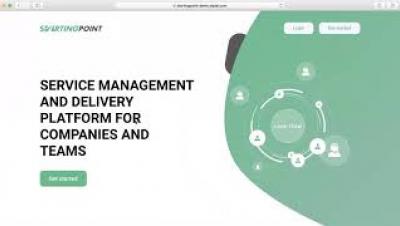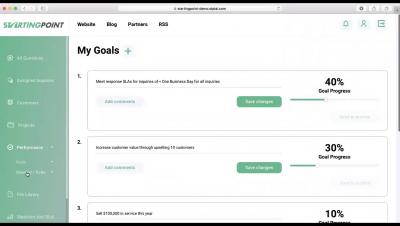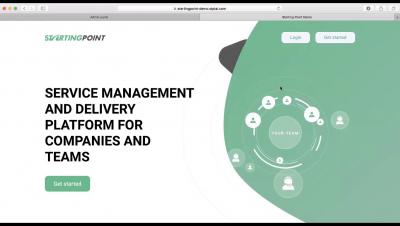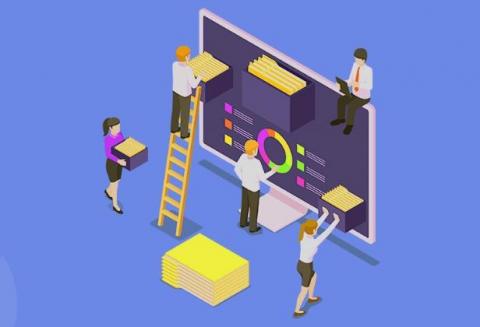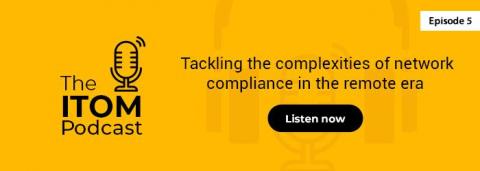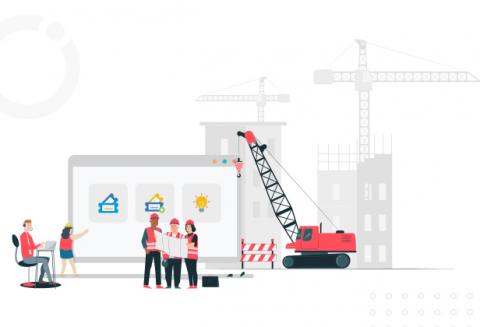Operations | Monitoring | ITSM | DevOps | Cloud
ITSM
The latest News and Information on IT Service Management, Service Desk and related technologies.
StartingPoint - Service Management Module - September 2020
StartingPoint - Project Management Module - September 2020
StartingPoint Team Performance Management September 2020
StartingPoint - Administrative Panel - September 2020
Common IT Operations Challenges and How To Solve Them
IT operations are at the front and center of any enterprise in today’s world. With newer technologies, tools, and processes emerging every year, there is a proportionate increase in operational complexity. Adding to this, given the global remote work wave that we’re currently riding on, it is no surprise that IT operations are always kept on their toes. In fact, IT operations managers are one of the most sought after members of today’s modern IT enterprise.
Network Monitoring: More Dashboards Lead to More Clutter. Here is What the Experts Do.
Cloud and digital transformation have made business operations more efficient than ever. However, with more connected tools, devices, and platforms, monitoring has become a major challenge for IT professionals. Here is a simple analogy – imagine, you are the captain of a ship with thousands of passengers. The entire ship’s control rests in your hands. To better understand what is going on in your ship, you have installed various tools.
How to ensure network compliance in this era of remote work: The ITOM Podcast [Episode 5]
The ITOM Podcast returns with yet another episode to help you eliminate all the remote work woes in your IT environment. In the last episode, we discussed in detail about the key areas enterprises need to monitor to ensure endpoint security, measures to adopt to ensure cybersecurity while rolling out BYOD policies, and the crucial factors that IT leaders need to know about in the post-pandemic era with respect to IT security.
What Is IT Asset Management?
Even though ITAM has been around for a long time, there are still some very loose interpretations that claim to define IT asset management (ITAM). But, to be fair, the term asset management has different meanings depending upon the audience. When it comes to IT assets, we are specifically referring to those assets that enable the IT side of the business to run.
Is your ITSM platform scaling with your operations? This Case Study will help you find the answer.
The client in consideration is one of the largest engineering, procurement, and construction (EPC) companies in India. With projects covering over 14 states in the country, its portfolio of services and offerings is widely diversified. It primarily engages in three forms of businesses – civil construction, road & highway development, and manufacturing.



